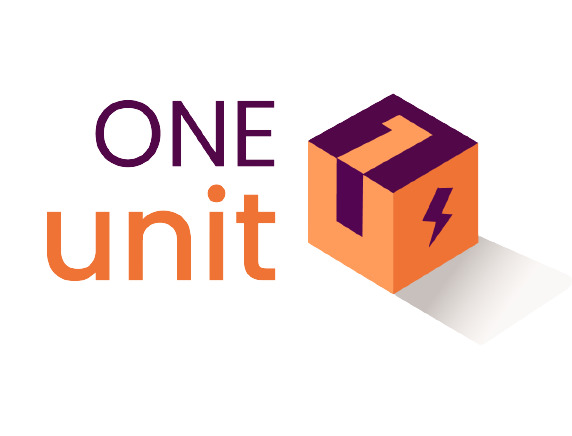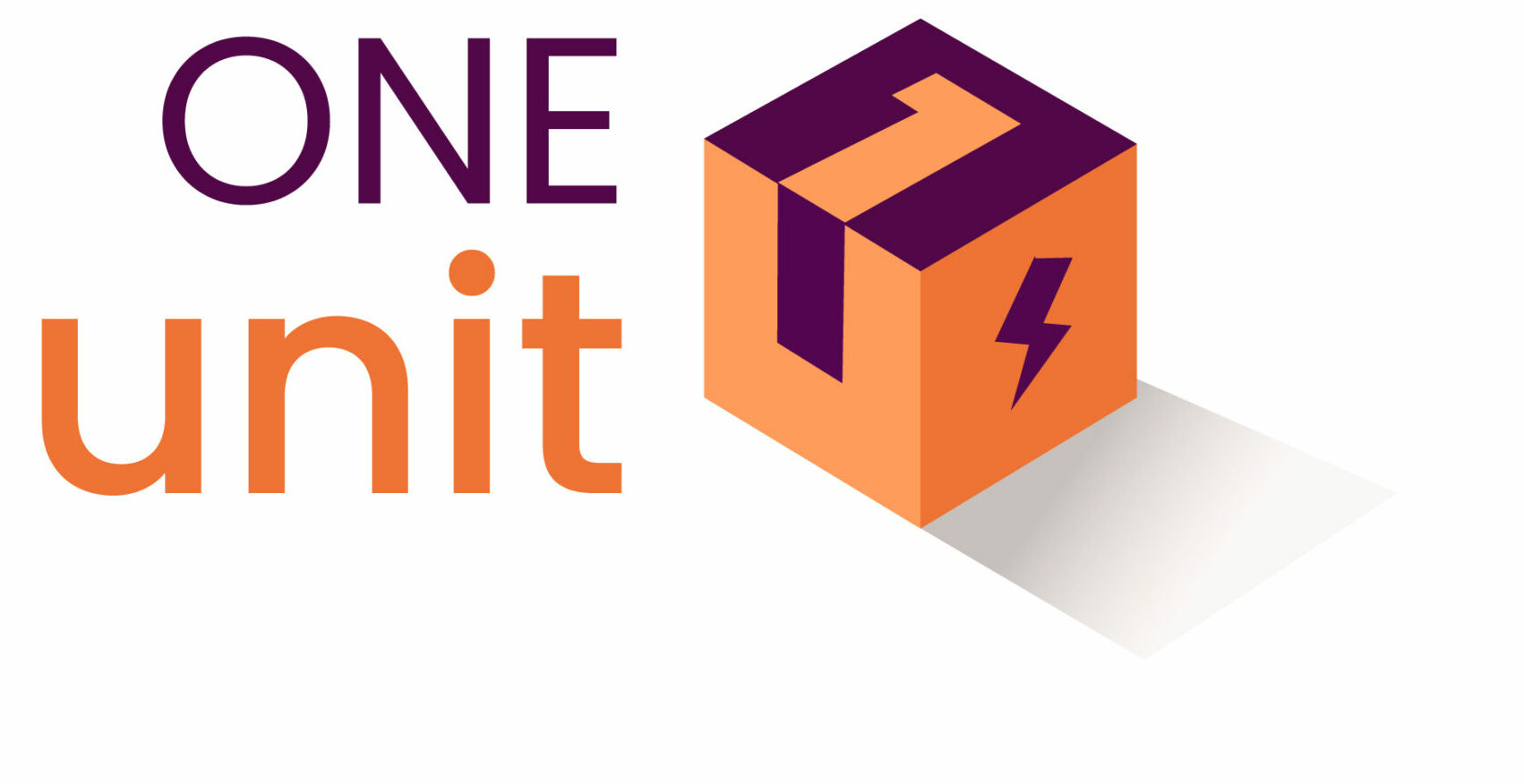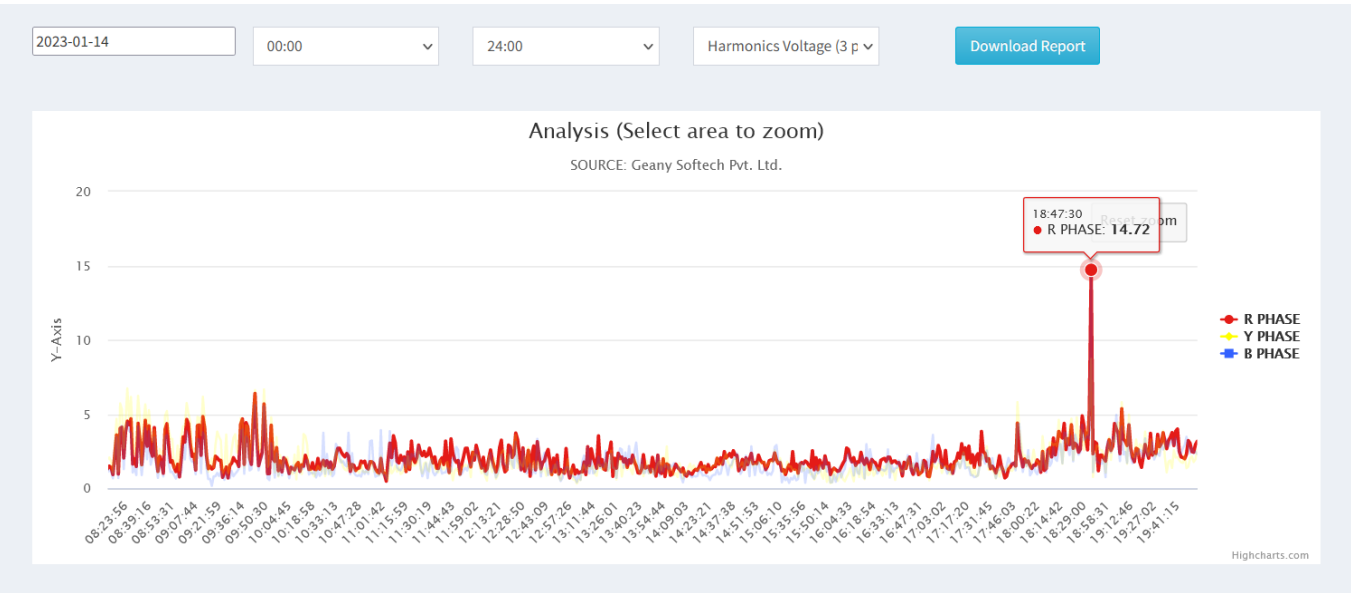Reactive Energy
Reactive energy, also known as reactive power, is a type of electrical energy that oscillates back and forth between electrical equipment and the power grid. Unlike active power, which is the energy that is actually consumed by electrical devices to perform work, reactive power does not produce any useful work on its own. Instead, it is required to maintain the voltage levels of the power grid within acceptable limits.






